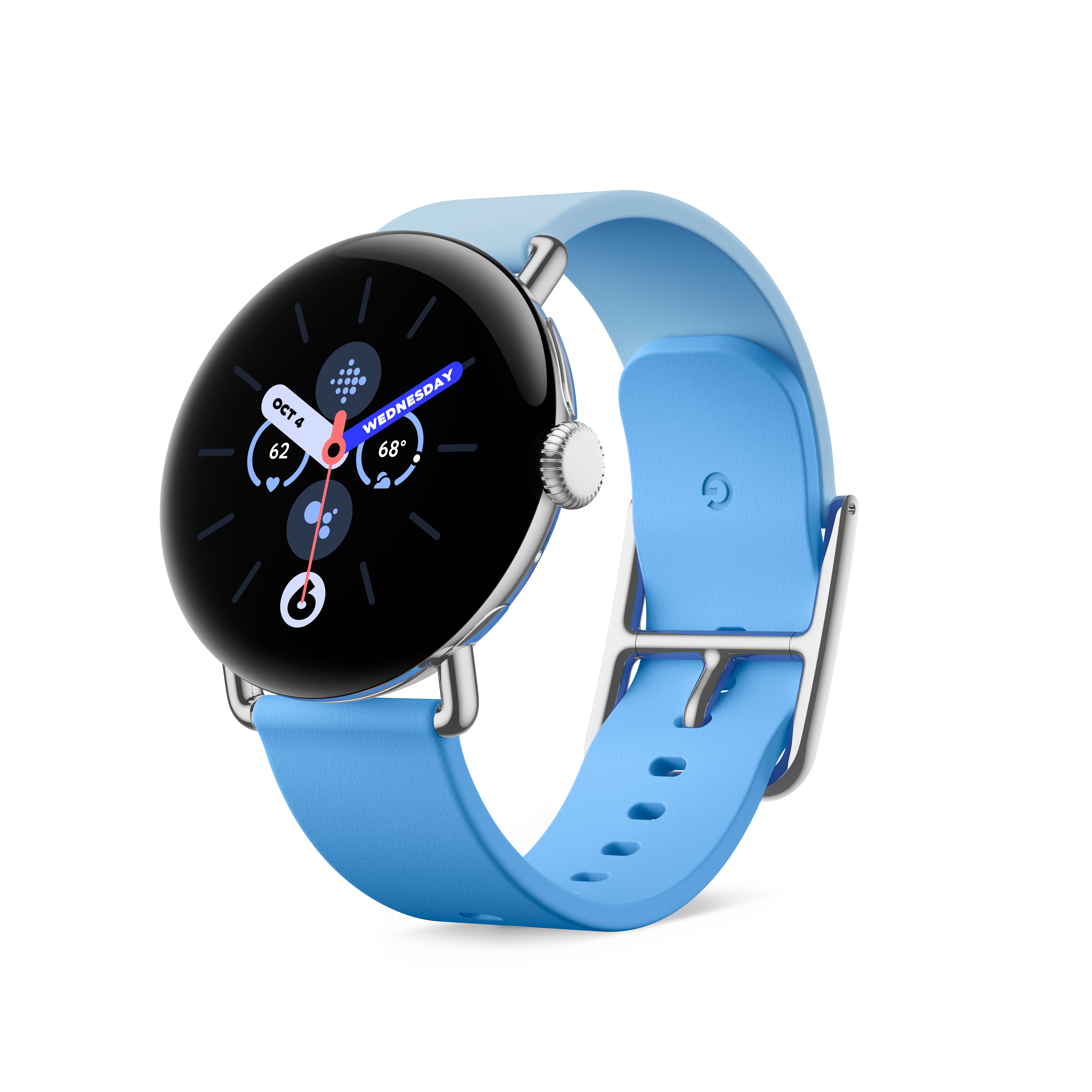Future Wear OS watches are getting an important Snapdragon upgrade
RISC-V is simpler, faster, and more open than the current platform.

What you need to know
- Qualcomm and Google are developing a RISC-V Snapdragon Wear platform for next-gen Wear OS smartwatches.
- RISC-V is simpler and faster than the previous-generation instruction set, promising greater speed and efficiency for next-gen Wear OS watches.
- The new platform is open-source and should make chipset development faster.
For generations, Qualcomm's Wear OS processors have left a lot to be desired. That finally changed with the introduction of the Snapdragon W5 Gen 1 series in products like the Google Pixel Watch 2 this year, and it looks like next year's processors will be even better.
Qualcomm announced in a blog post that the company has been co-developing a new RISC-V Snapdragon Wear platform with Google that will power next-generation Wear OS chipsets. RISC-V (pronounced "risk five") is an upgrade to the basic instruction set processors understand and is both simpler and more efficient than the Arm architecture.
This upgrade will allow Qualcomm and other Wear OS manufacturers to create custom CPUs that are tailor-built for specific scenarios. Chipsets like Tensor G3 in the Pixel 8 are custom-built versions of existing processors that are made specifically to boost AI processing performance, and we could see a similar concept in the best Android smartwatches in the future.
However, this also opens the door for more companies to develop their own custom cores, thanks to the cost savings associated with switching to RISC-V over the current Arm architecture, which is tightly controlled and licensed out. This could, in turn, mean we'll see more Wear OS smartwatches in the future and allow for a more diverse ecosystem of smartwatches from more companies.
Google already announced in late 2022 that it is bringing RISC-V support to Android, meaning the company is all-in when it comes to this open architecture.
It's not likely we'll see any new watches using these chipsets for a while, though, as the previously mentioned Snapdragon W5 platform took well over a year to make it into watches like the Pixel Watch 2. In all likelihood, we'll see watches using this platform sometime in 2025 or so that deliver better battery life and silky smooth performance.

The Pixel Watch 2 has a full suite of health sensors, a beautiful edge-to-edge display, a powerful and efficient Snapdragon chip, and free Fitbit Premium access to tempt you.
Get the latest news from Android Central, your trusted companion in the world of Android

